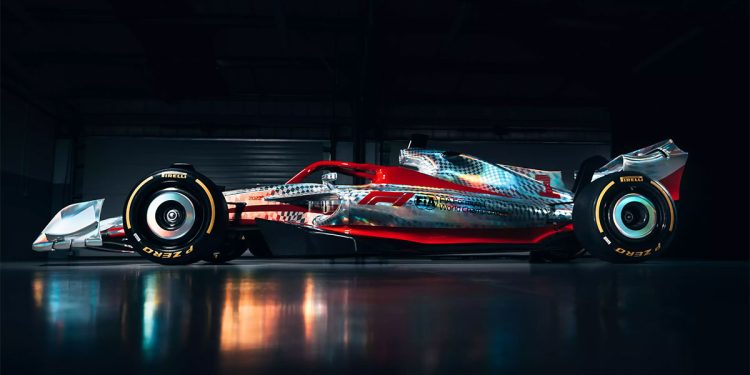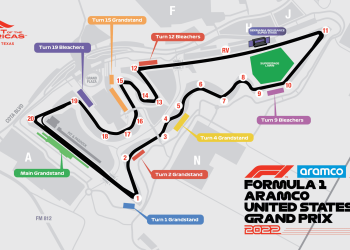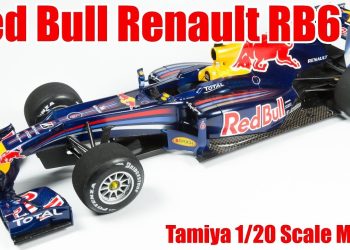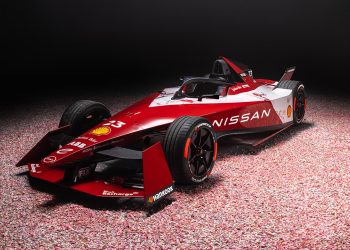Formula One car horsepower is a fascinating topic that has captivated racing enthusiasts and engineers alike. These machines, at the apex of automotive engineering, defy common limitations and set new benchmarks on the tarmac. When you hear the roar of a Formula One car, it’s not just noise—it’s an orchestra of raw power, precision, and performance. You know what? Understanding the intricacies of their horsepower is like peeling back layers of a complex yet remarkably orchestrated engineering marvel.
The Heart of Speed: Understanding F1 Engines
Formula One cars are marvels of speed, largely thanks to their engines. At their core lies a turbocharged V6 with hybrid support, designed to maximize both power and efficiency. In the world of high-speed racing, where seconds define outcomes, every aspect, from the combustion process to the heat recovery systems, is optimized. These engines generate jaw-dropping power, traditionally ranging around 1000 horsepower—a feat achieved through decades of relentless innovation.
Did you know? Early Formula One cars in the 1950s had a simpler, non-turbo engine with less than half the horsepower of today’s beasts.
Hybrid Power and Its Impact
The shift to hybrid engines marked a significant technological leap for Formula One. These power units combine a traditional internal combustion engine with electrical components, such as the Motor Generator Units (MGU-K and MGU-H), which reclaim lost energy to improve efficiency and output. This hybrid technology isn’t just about going faster; it also emphasizes sustainability by reducing fuel consumption and emissions—a crucial move for motorsport’s future.
Evolution of Horsepower Through Decades
If we trace the timeline, the story of horsepower in Formula One is a thrilling tale of competition and innovation. During the 1980s, turbocharged engines reached mind-boggling numbers, some exceeding 1200 horsepower during qualifiers. However, regulations have evolved to balance power with efficiency and safety. This balance ensures thrilling races without compromising the sport’s technological progression.
The Role of Aerodynamics in Horsepower
You might wonder how aerodynamics correlates with horsepower. The answer lies in how aerodynamic components, like wings and bargeboards, help manage airflow. These designs reduce drag and increase downforce, allowing the engine’s horsepower to translate effectively into speed and handling. It’s a complex partnership where horsepower is not just about raw numbers, but how the car uses it efficiently.
Key Components of a Formula One Engine
The construction of a Formula One engine is akin to a masterpiece crafted with precision and expertise. Key elements include the crankshaft, pistons, and turbocharger, each designed to withstand extreme conditions. These components work in harmony, contributing to the overall horsepower while ensuring the engine’s longevity and reliability—a delicate dance under the hood.
| Component | Function |
|---|---|
| Crankshaft | Converts linear motion to rotational motion |
| Pistons | Transfers force from expanding gas |
| Turbocharger | Increases air intake pressure |
A Driver’s Perspective on Horsepower
Drivers often describe controlling an F1 car as an adrenaline rush, balancing immense power with precision. Horsepower gives them the speed to execute bold maneuvers and overtake competitors. Yet, it’s the harmony between power and control that defines a champion’s skill. How a driver uses that horsepower, knowing when to unleash and when to conserve, is a craft honed over years.
Biographic Fact: Ayrton Senna, renowned for his control and speed, was famed for managing horsepower with extraordinary finesse, a trait that won him races and legacies.
Impact on Fans and Racing Culture
Horsepower in Formula One is not just an engineering feat; it ignites the spirit of fans worldwide. It’s what makes races nail-biting and sets hearts pounding around the globe. This high-stakes environment breeds a unique culture, where horsepower isn’t merely a number but part of an experience, a tradition passed down through generations of racing enthusiasts.
Frequently Asked Questions
How is horsepower calculated in F1 engines? Horsepower is calculated by combining engine speed and torque produced, factoring in engine efficiency and hybrid contributions.
Why did F1 switch to hybrid engines? The switch was motivated by a need to increase sustainability, reduce emissions, and align with global eco-friendly trends.
Can everyday cars harness F1 horsepower? Not directly, but innovations in F1 influence consumer vehicle technologies, gradually integrating performance enhancements.

Let’s Wrap It Up
Formula One car horsepower is more than just a statistic; it’s the heartbeat of a sport that blends technology with human skill in a unique way. It’s an ever-evolving story, marked by innovation, competition, and a quest for sustainability. As fans, engineers, or casual observers, the allure of horsepower is unyielding. Thanks for racing through this article with us! We invite you to explore other captivating topics on our website as you fuel your passion for speed and innovation.
| Decade | Horsepower Milestone |
|---|---|
| 1950s | Non-turbo engines, less than 500 HP |
| 1980s | Turbocharged engines, over 1200 HP during qualifiers |
| 2020s | Hybrid power units, approximately 1000 HP |















